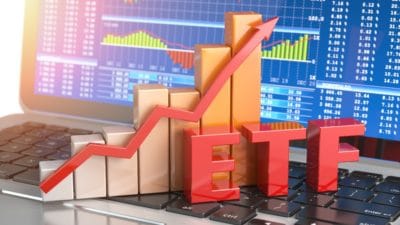Planning for your golden years? The Canada Pension Plan (CPP) is a big piece of that puzzle! Think of the CPP as a retirement savings plan run by the government. Before 2019, it aimed to replace about 25% of your average earnings from work. But with new changes, that’s going up to about 33%! Plus, the maximum amount of earnings that counts towards the CPP has also increased over 2024 and 2025. This means if you earn a higher income, more of your earnings will contribute to the CPP, and you’ll get more out later.
Digging deep
For folks who retire, this boost could mean a CPP retirement pension that’s more than 50% bigger! That’s a significant chunk of change. But remember, the amount you get depends directly on how much you contributed while you were working. So, putting in consistent and maybe even a bit extra contributions can lead to a much nicer retirement cheque.
The CPP changes aren’t just for retirement pensions. The CPP disability pension and the survivor’s pension have also seen increases since 2019. How much they’ve gone up depends on how much and for how long those enhanced contributions were made. If you started getting these benefits before 2019, your payments won’t be affected by these new changes.
Who pays into the CPP? Pretty much everyone over 18 who works in Canada (outside of Quebec) and earns more than $3,500 a year pays into the CPP. The amount you contribute is based on your earnings between $3,500 and a yearly limit, which changes each year. For 2025, that top limit is $71,300. Understanding the CPP is key for your retirement plan. But it’s also smart to think about other ways to boost your retirement income. Investing in stocks of companies that make a lot of money can be a good strategy. So, let’s look at some big earners.
Stocks to consider
Take Brookfield (TSX:BN), for example. In 2024, it reported a whopping $86 billion in revenue! That makes it one of the top-earning public companies in Canada. Brookfield is involved in different areas like real estate, infrastructure, and private equity, which can make it a diverse investment.
Another big earner is Alimentation Couche-Tard (TSX:ATD), the company behind those convenience stores you see everywhere. In 2024, it also reported huge revenues, thanks to its many stores and consistent customer demand. Investing in companies like these could give you potential growth and dividend income to add to your CPP.
Then there’s the world of phones and internet! BCE (TSX:BCE), a major communications company, reported revenues of $24.41 billion in 2024. Since so many people rely on these services every day, it suggests a certain level of stability.
Investing in these kinds of companies means you need to think about how much risk you’re comfortable with, how long you plan to invest, and what your overall financial goals are. It’s always a good idea to chat with a financial advisor to create an investment plan that works best for your retirement dreams.
Bottom line
The CPP enhancements in 2025 are a step towards a more secure retirement for Canadians. However, relying only on the CPP might not be enough to live the retirement lifestyle you want. Adding other income streams by investing in strong, revenue-generating companies on the TSX can be a smart way to boost your retirement funds. Staying informed and taking charge of your financial planning will really pay off in the long run, helping you enjoy a comfortable and worry-free retirement! Think of the CPP as a solid base for your retirement income and smart investments as the extra floors you build on top to make your retirement castle even better!









